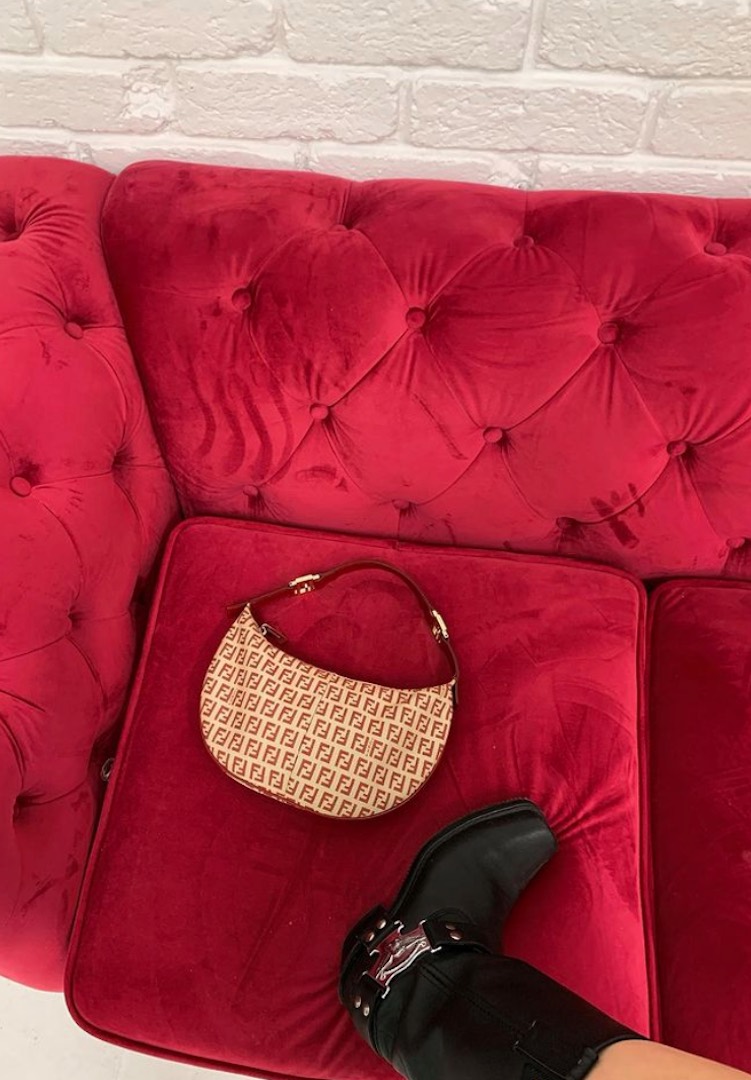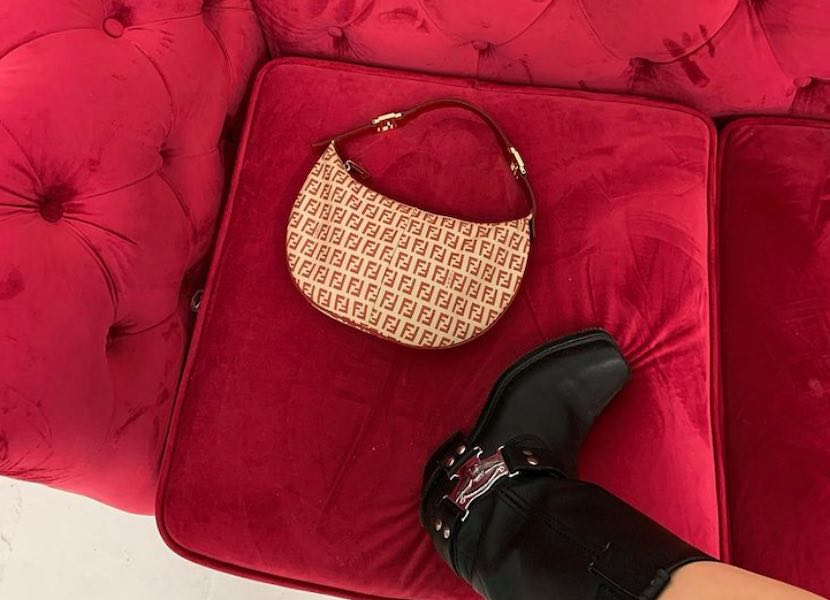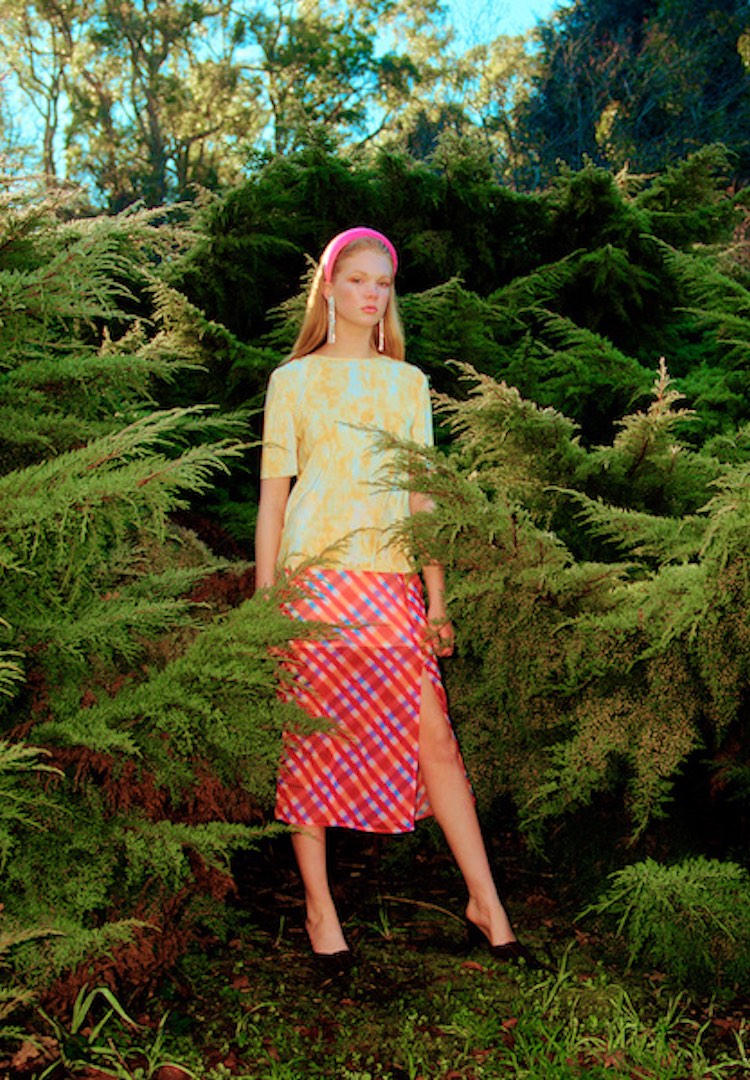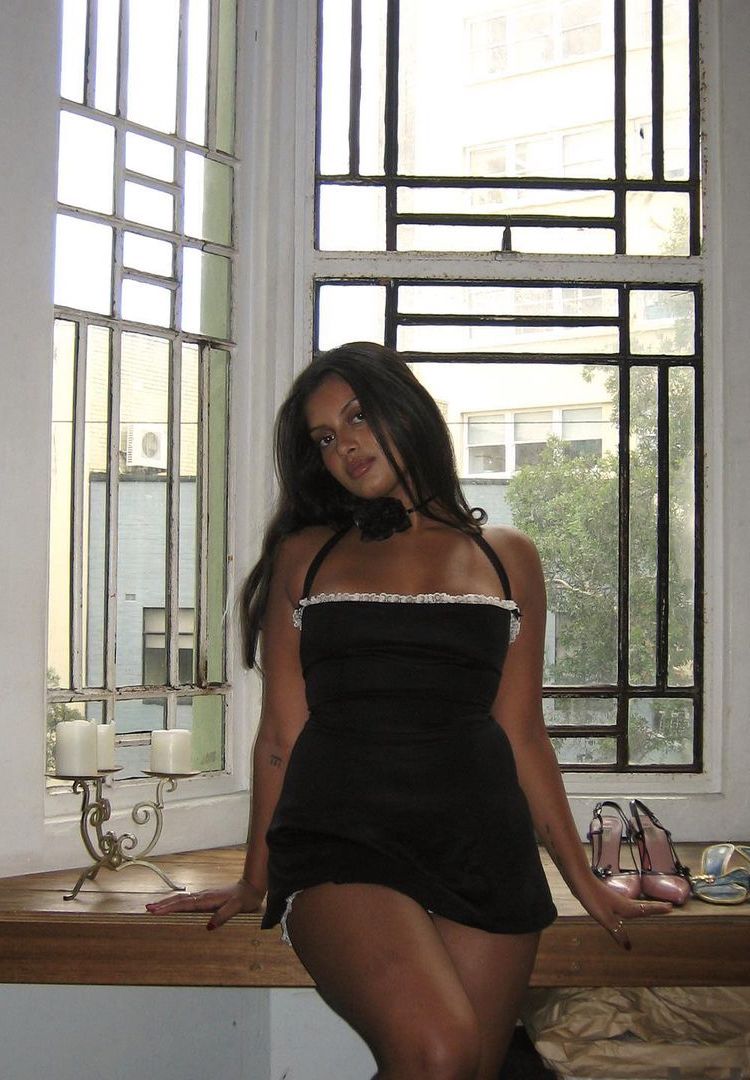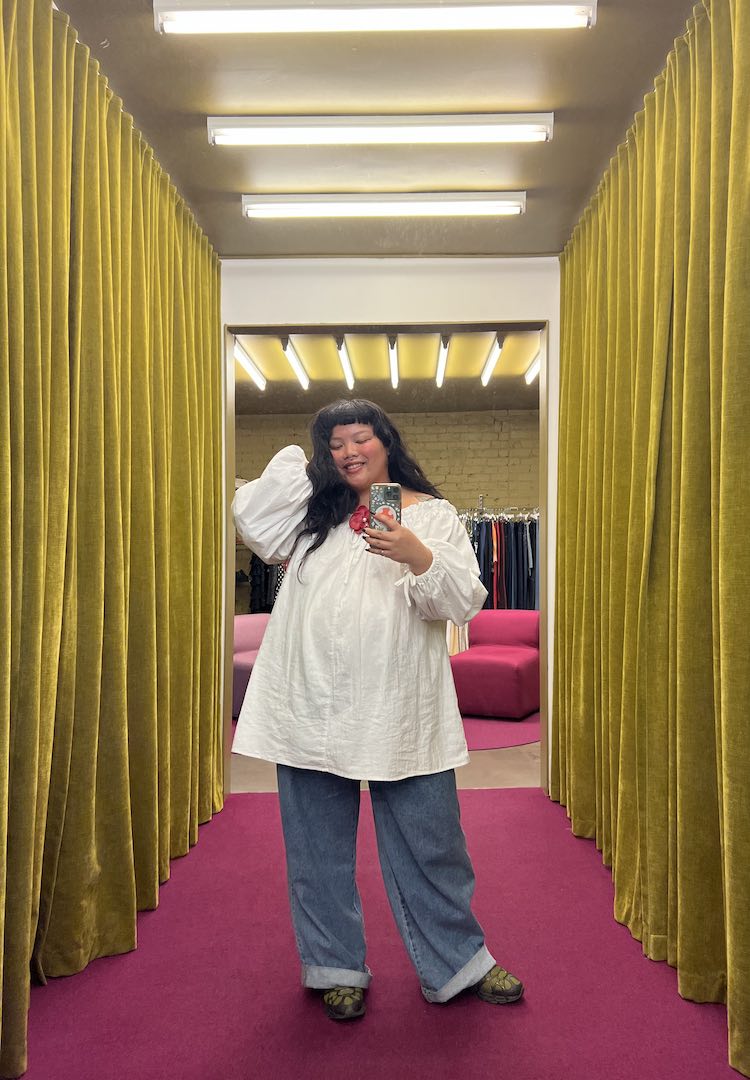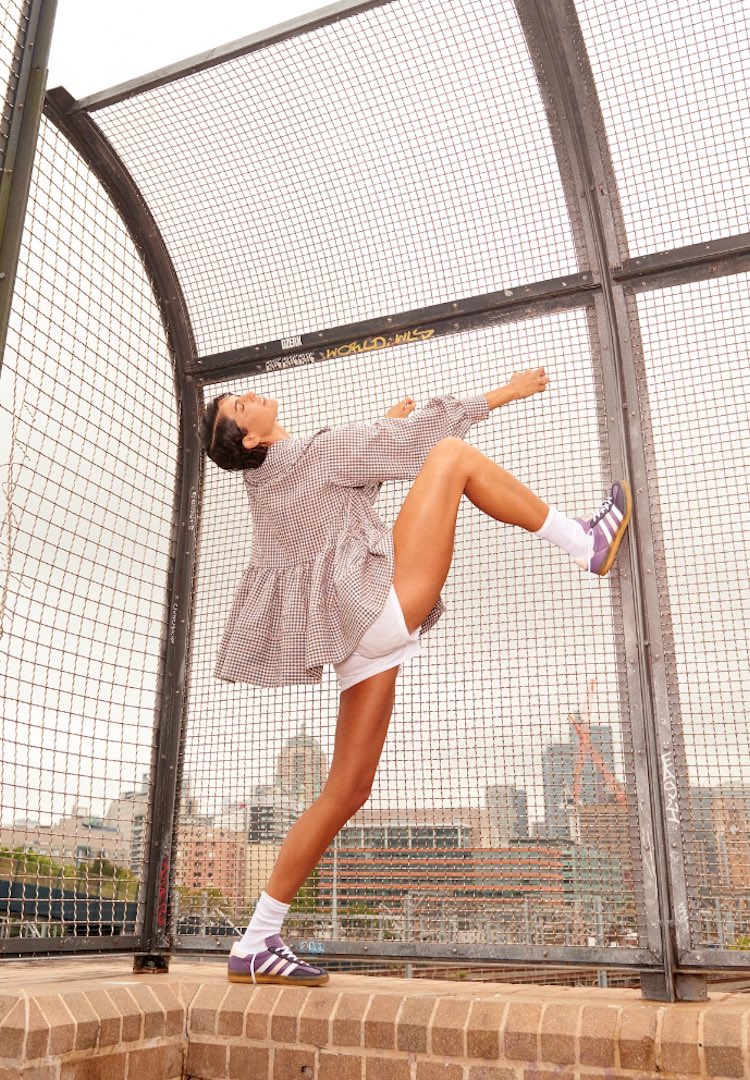There’s a dark side to secondhand fashion, here’s what to be mindful of
IMAGE VIA @ZIGS_MOM/INSTAGRAM
WORDS BY SHAEDEN BERRY
“How often do you find yourself buying things in a secondhand store simply because it’s ‘cheap’? How often do you overbuy in an op shop, caught up in the excitement of getting bulk items for a lesser price?”
The Best Op Shops Facebook group for my city has a list of rules you need to agree to before you submit your request to join. For the most part, they are standard: ‘don’t be rude, don’t be hurtful’, all those types of things. The final rule, in capital letters, is a little different to what you might encounter with most Facebook groups. It reads ‘DON’T COMPLAIN ABOUT PRICES’.
As someone who spent six months as part of the group before eventually departing, the rule is a nice sentiment but no more than wishful thinking. Within days of joining, it became apparent that talk of the ever-rising prices in secondhand stores was a weekly occurrence.
For more fashion news, shoots, articles and features, head to our Fashion section.
For people who had been shopping secondhand for decades, the steady increase was a particularly grating issue and, rule be damned, they were going to discuss it. It was typically an older crowd who raised the problem, and their fingers of blame were often pointed squarely at the younger generation who were, of late, taking the secondhand shops by storm. The rising demand, the commentary often claimed, was pushing the prices up.
The frequency of this refrain got me thinking; had the emergence of secondhand clothing as the latest ‘big thing’ contributed to pushing prices higher? And were people overconsuming secondhand goods? The thing is, shopping secondhand for clothes and homewares is often categorised as a solution of sorts to the fast-fashion crisis, touted as a method of sustainable clothes consumption. But there are sides of secondhand shopping that seem at odds with this.
The overconsumption of goods and the relentless churn of products is a facet of fast fashion that sustainable shopping practices aim to combat. The everchanging landscape of trends and fads sees a high turnover of stock in fast fashion stores, clothing items cycling from ‘new items’ through to the heavily slashed ‘sale’ section seemingly in the blink of an eye.
Secondhand stores seem like the antidote to fast fashion’s unique poison – all that clothing purchased at the height of a new fad is donated to new homes. But the reality is that, as thrifters, op shoppers, or whatever we want to call ourselves, we often believe that by shopping in a secondhand store, we’re automatically being sustainable and mindful in our fashion purchases.
This isn’t always the case. How often do you find yourself buying things in a secondhand store simply because it’s ‘cheap’? How often do you overbuy in an op shop, caught up in the excitement of getting bulk items for a lesser price? I know I did. It became all too easy to pop daily into a secondhand store for a browse and inevitably come away with something. I spoke to others within the secondhand fashion community who admitted to sharing my overbuying habit.
“I think it feels like if you don’t buy it there and then it’ll be gone forever,” Lucy*, 30, said. “You can’t just go to another chain store or order it online.” Jordan*, 23, pointed out that donating clothes is often seen as the “catch-all” answer to unwanted clothing. “There are other ways to get rid of old clothing that don’t contribute into this cycle [of buy-donate-repeat],” she told me.
For her, it was about actually considering the clothing she’s wanting to get rid of. Heavier duty items she waits until winter to donate directly to homeless shelters. Ripped, damaged clothing she will offer to local schools to use in the creation of costumes, after school clubs and crafts. “It’s all about stepping out of that buy-donate-buy-donate mindset.”
I spoke to Bianca*, who works for Good Sammy, and who was in agreeance regarding the overconsumption of secondhand items. She pointed out that you can still overconsume that it “inevitably all just gets donated back”. And from there?
She explains that clearance items stay for about a month or two before they are shifted to the factory outlet and sold by the kilogram. “We are told that [from there] some clothes get sent to Africa, some become rags for factories, books get recycled, but I actually don’t know.”
She adds that she hopes it doesn’t all end up at a landfill as “it’s a lot of sorting for the disability workers [who staff Good Sammy’s op shops] to do”. As for the pricing issue? As Bianca points out, only certain items really have been “priced up”, traditionally those that are designer items. “I’m still used to paying $1 for an item,” she laughs. “I just shop at the clearance rack.”
She tells me that people in need are not being priced out of the op shops, and that there are always sections available offering cheaper prices. And I have been in stores myself where allowances will be made for people at the front counter who look in need; a few dollars shaved off here, a bulk deal spontaneously made up. The workers at the secondhand stores know that their role is to help, and they will act accordingly.
“Some of the resellers want a further discount… because they’re buying heaps,” she told me. “But it’s a firm no unless there’s a legit reason. It is subjective when it comes to pricing.” So, it seems the prices are rising, yes, but it appears that this is not always to the detriment of low-income earners.
But the fact remains – shopping secondhand is not the be-all, end-all sustainability venture we have long believed that it is. As ever, when society discovers a shiny new (old) thing, it tends to overindulge, and such has been the case with preloved clothing. Mass overconsumption of secondhand items actively works against the ideals of sustainability.
We have items from fast fashion being donated in bulk, and secondhand items being re-donated back and it all leads to overflowing charity bins, that all-too-familiar sight of bags on the ground around them, split open and clothing scattered about like litter. We have secondhand stores bursting at the seams and, still, just so much waste.
Obviously, I am not saying we should stop shopping secondhand. What I am advocating for is a more mindful approach to it. I am no stranger to the ‘thrift haul’, especially in my shopping heyday, but I realised quickly how counterintuitive my actions were to the environmental consciousness I was trying to embody. I treat thrifting now like we should, really, treat all shopping; with a proper sense of consideration given to all purchases.
*Name changed to protect privacy
For advice on shopping secondhand in a more mindful way, try this.


